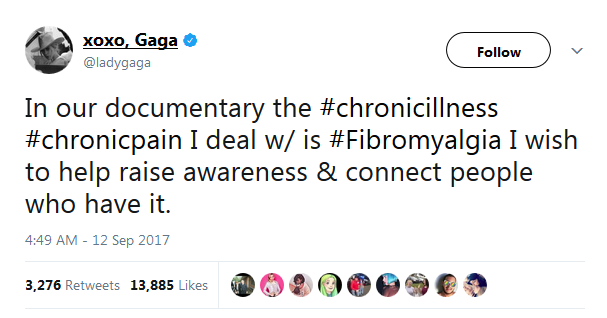Fibromyalgia Linked to Overactive Brain Networks
/By Pat Anson, Editor
Many fibromyalgia sufferers have been told that the pain is “all in their head.” New research indicates there may be some truth to that, and that overactive brain networks could play a role in the hypersensitivity of fibromyalgia patients.
Fibromyalgia is a poorly understood disorder characterized by deep tissue pain, fatigue, headaches, mood swings and insomnia. There is no known cause and successful treatments have been elusive.
In a lengthy study published in the journal Scientific Reports, an international team of researchers at the University of Michigan and in South Korea report that patients with fibromyalgia have brain networks primed for rapid responses to minor changes. This abnormal hypersensitivity is known as called explosive synchronization (ES).
"For the first time, this research shows that the hypersensitivity experienced by chronic pain patients may result from hypersensitive brain networks," says co-senior author Richard Harris, PhD, an associate professor of anesthesiology at Michigan Medicine’s Chronic Pain and Fatigue Research Center.
In ES, a small stimulus can lead to a dramatic synchronized reaction throughout the network, as can happen when a power outage triggers a major grid failure or blackout. Until recently, this phenomenon was studied in physics rather than medicine. Researchers say it's a promising avenue to explore in the quest to determine how a person develops fibromyalgia.
"As opposed to the normal process of gradually linking up different centers in the brain after a stimulus, chronic pain patients have conditions that predispose them to linking up in an abrupt, explosive manner," says first author UnCheol Lee, PhD., a physicist and assistant professor of anesthesiology at Michigan Medicine.
The researchers tested their theory by conducting electroencephalogram (EEG) tests on the brains of 10 female patients with fibromyalgia. Baseline EEG results showed the patients had hypersensitive brain networks, and that there was a strong correlation between the degree of ES conditions and the self-reported intensity of their pain during EEG testing.
Lee's research team and collaborators in South Korea then used computer models of brain activity to compare the stimulus responses of the fibromyalgia patients to those of healthy ones. As expected, the fibromyalgia model was more sensitive to electrical stimulation.
"We again see the chronic pain brain is electrically unstable and sensitive," Harris says.
Harris says this type of modeling could help guide future treatments for fibromyalgia. Since ES can be modeled outside of the brain in computers, researchers can test for influential regions that transform a hypersensitive network into a more stable one. These regions could then be targeted in living humans using noninvasive brain modulation therapies such as transcranial magnetic stimulation, which is currently used to treat fibromyalgia and depression.
“We expect that our study may ultimately suggest new approaches for analgesic treatments. ES provides a theoretical framework and quantitative approach to test interventions that shift a hypersensitive brain network to a more normal brain network,” researchers reported.
“It may be possible to convert an ES network to a non-ES network just by modulating one or two hub nodes. Indeed, transcranial magnetic stimulation and/or transcranial direct current stimulation may be improved by ‘targeting’ these sensitive hub nodes. The application of deep brain stimulation to critical nodes that could modify ES conditions is another therapeutic possibility that could be explored.”
The research was funded by the Cerephex Corporation, James S. McDonnell Foundation, and the National Institutes of Health






























